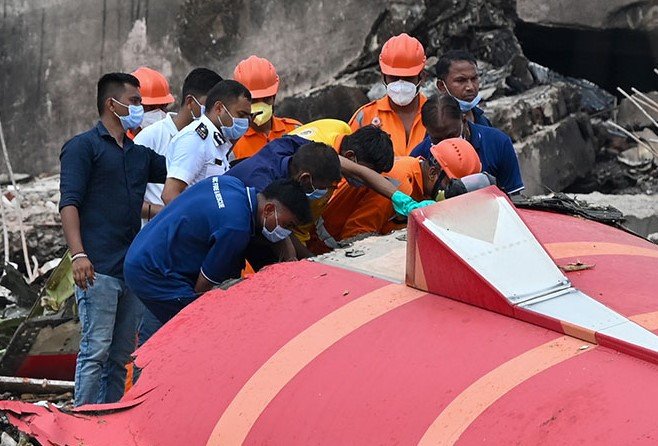Former Boeing 787 examiner brought in as domain expert; he had delivered the same aircraft to Air India in 2013
In a bid to strengthen its investigation into the devastating Air India crash that killed 260 people last month, the Aircraft Accident Investigation Bureau (AAIB) has appointed Captain R.S. Sandhu, a veteran pilot and Air India’s former Director of Operations, as a domain expert.
Sandhu’s appointment is particularly poignant—he was the designated examiner for the Boeing 787-8 fleet during his tenure and had personally taken delivery of the same aircraft, tail number VT-ANB, from Boeing in 2013.
The plane crashed on June 12, shortly after takeoff from Ahmedabad en route to London Gatwick, slamming into a residential building and triggering a massive fire. Of the 242 people on board, only one passenger survived. Another 19 people on the ground were also killed, bringing the total death toll to 260.
A Familiar Face in a Tragic Inquiry
Captain Sandhu’s inclusion underscores the complexity and technical sensitivity of the probe. With over four decades of flying experience and intimate familiarity with the Dreamliner fleet, his insights are expected to help the AAIB piece together what went so catastrophically wrong.
“He knows the aircraft’s systems inside and out. Having him on board is invaluable,” said an official close to the investigation.
Sandhu, known in Indian aviation circles as a disciplined and technically sound leader, retired from Air India earlier this year. His involvement is being seen as both a professional necessity and a symbolic step, given his long association with the 787 program.

Focus Turns to VT-ANB: A Plane With History
The ill-fated VT-ANB was one of the earliest Boeing 787-8 Dreamliners inducted into Air India’s fleet, and was known for being part of high-profile international routes. According to records, it had flown over 49,000 hours across more than a decade.
While the preliminary AAIB report has not been fully disclosed to the public, early findings point to a possible engine malfunction compounded by flight control issues. Data from the black boxes — both the Flight Data Recorder (FDR) and Cockpit Voice Recorder (CVR) — are currently being analyzed in collaboration with Boeing and General Electric, which supplied the aircraft’s engines.
Preliminary Report Highlights
-
Sudden loss of thrust reported in one engine within minutes of takeoff
-
Flight control anomalies suggested elevator trim failure
-
High angle of attack detected before impact
-
Pilots reportedly attempted to return to Ahmedabad airport but lost control
Scene of Horror, Site of Grief
The aircraft crashed into the Shantipath housing colony, a densely packed residential area just two kilometers from Sardar Vallabhbhai Patel International Airport. Many of the 19 victims on the ground were sleeping when the plane tore through the structure, igniting multiple fires.
“I lost my wife, my son, and my mother-in-law,” said Manoj Desai, a survivor from the housing complex. “We don’t want compensation. We want the truth.”
International Scrutiny and Family Demands
As investigations intensify, families of victims — both in India and the UK — are calling for an independent international inquiry. Several British nationals were among the deceased, prompting the UK Civil Aviation Authority (CAA) to offer investigative support.
Legal experts say Air India, now owned by Tata Group, could face massive lawsuits in multiple jurisdictions. “This could be one of the costliest air crash settlements India has ever seen,” said a Mumbai-based aviation lawyer.
The Bigger Picture
The crash is likely to renew questions about Air India’s post-privatization safety oversight, especially in the context of increased route expansions and aircraft utilization under Tata’s management. The airline has ordered 470 new aircraft, and the tragedy has sparked debate over whether pilot training and operational support have kept pace.
“Rapid fleet expansion must not come at the cost of crew preparedness and mechanical integrity,” said an aviation safety analyst.
The Directorate General of Civil Aviation (DGCA) has ordered a comprehensive audit of Air India’s long-haul fleet, particularly its Dreamliners.
What Happens Next?
The AAIB is expected to publish a detailed interim report in August. With Captain Sandhu now on board, authorities hope the probe will yield not just technical answers, but also operational insights that could prevent future disasters.
Meanwhile, Captain Sandhu has declined public comment, but sources say he is “deeply affected” by the crash of the very aircraft he helped induct into the national fleet more than a decade ago.
